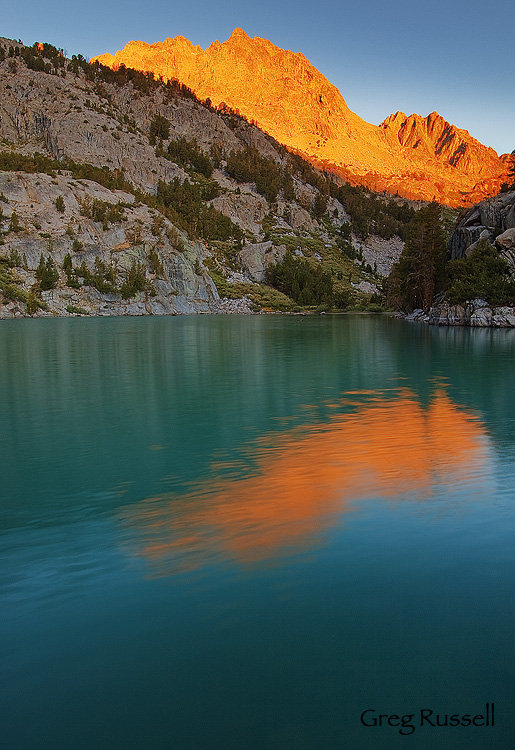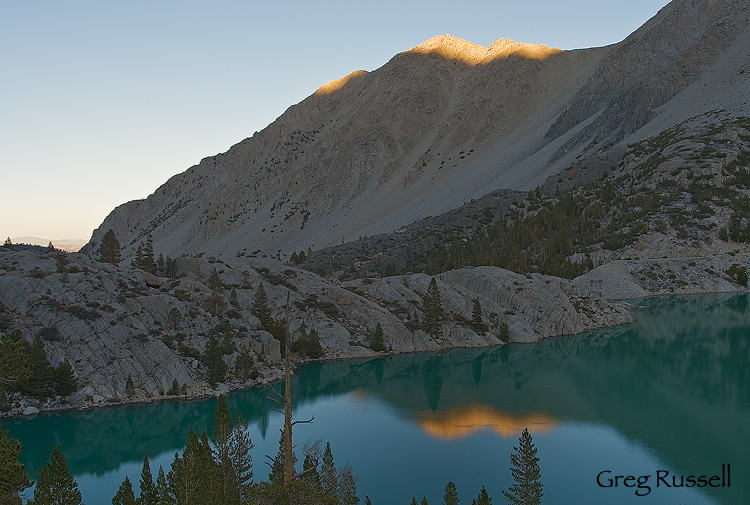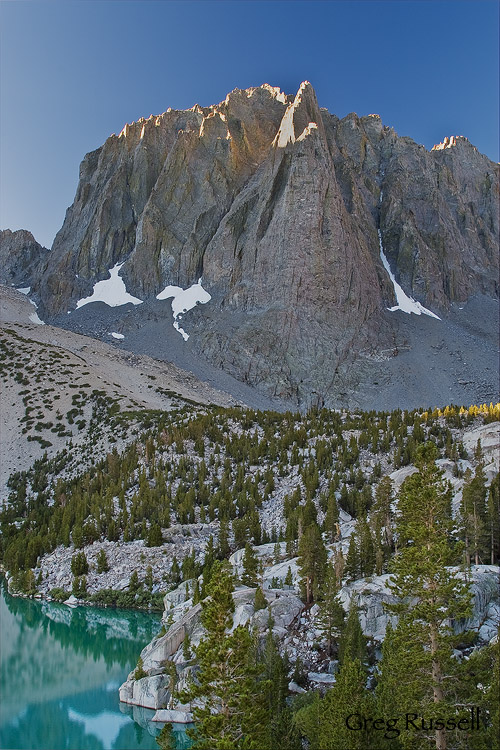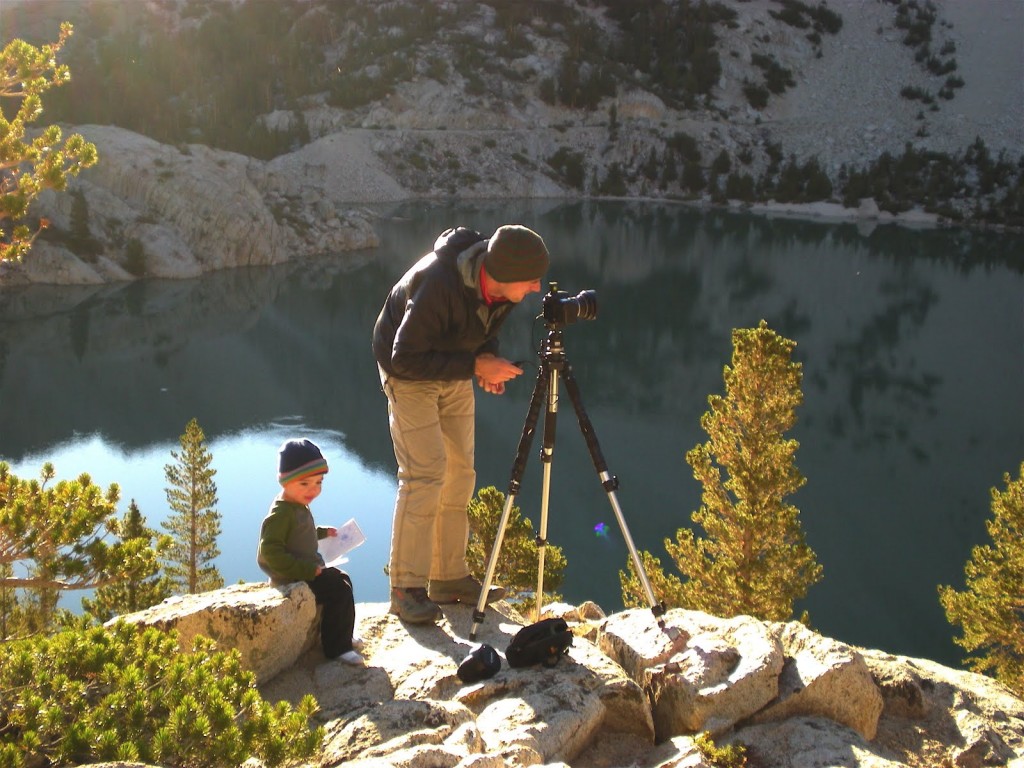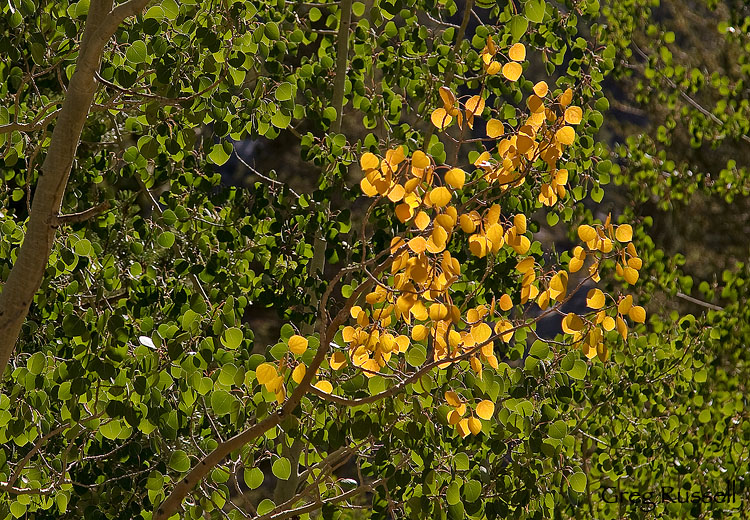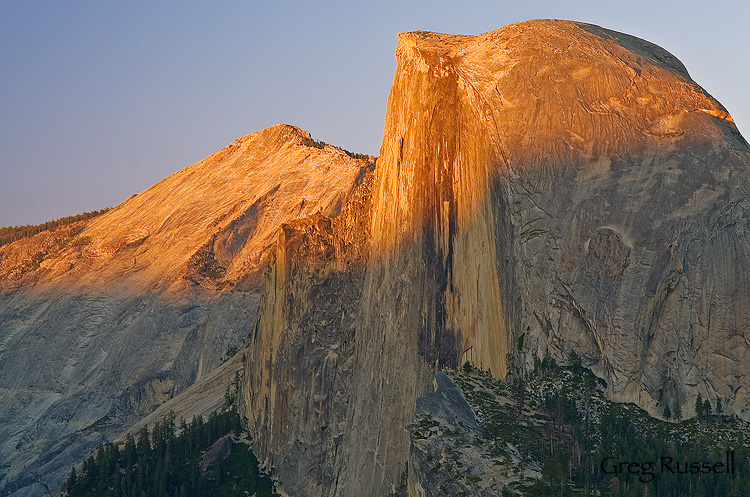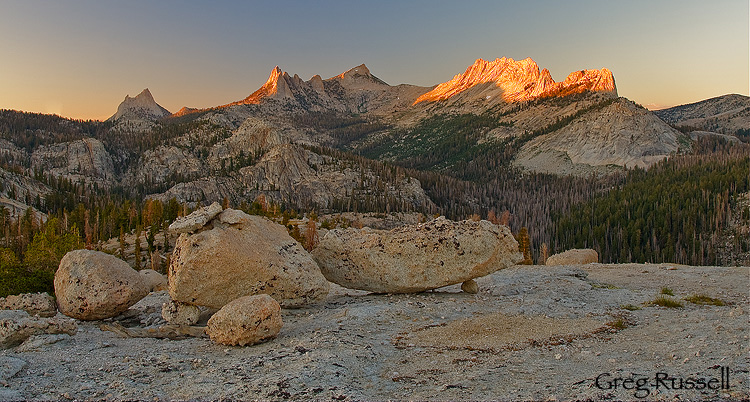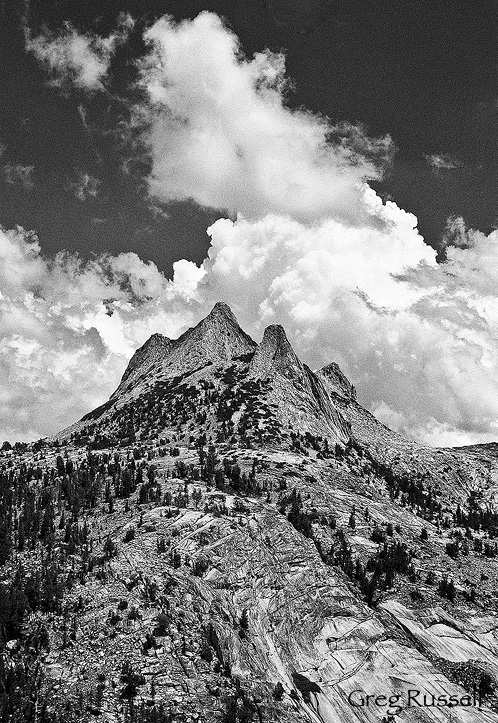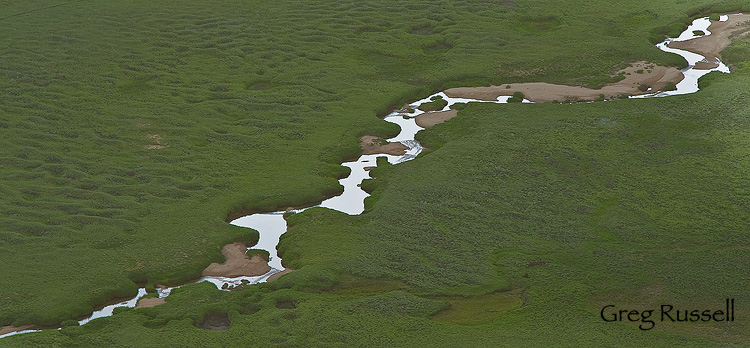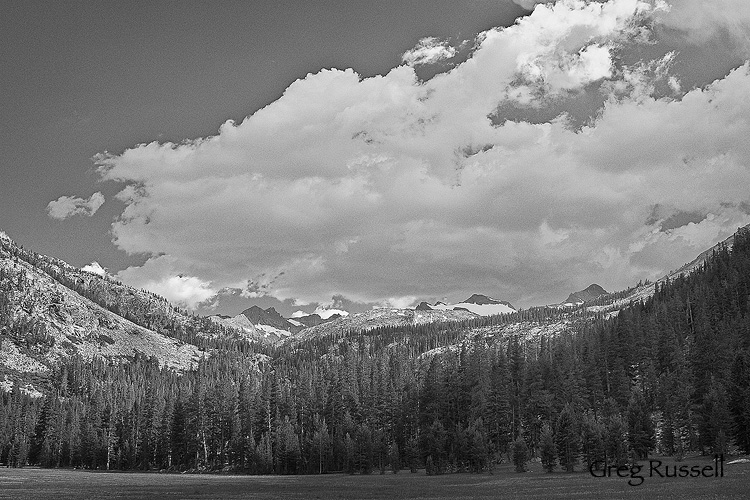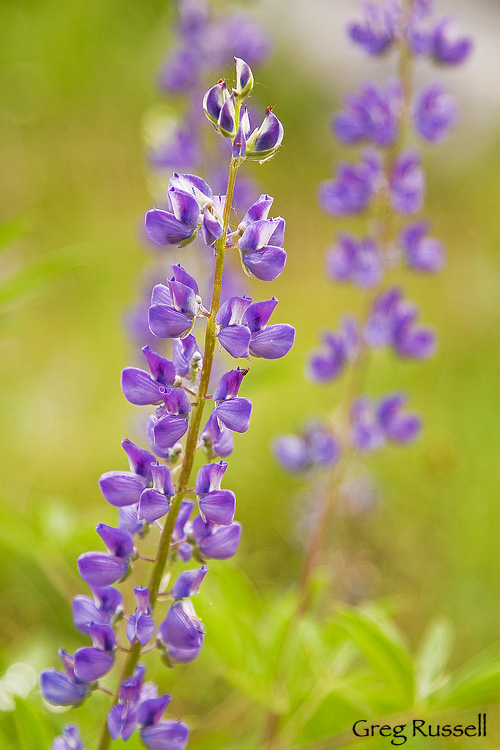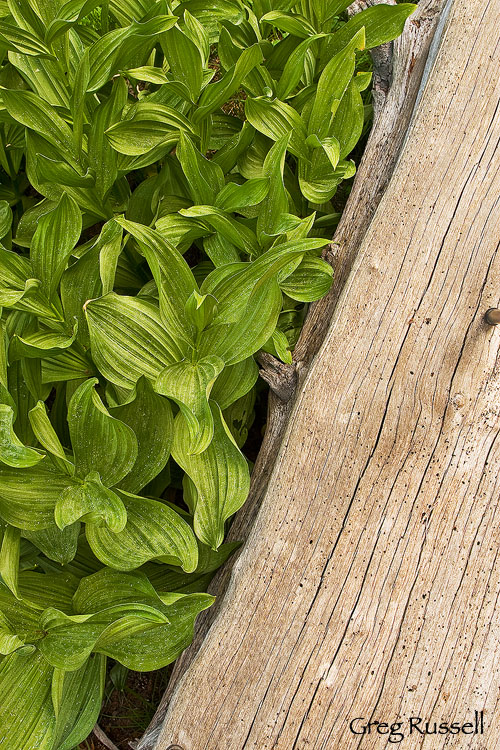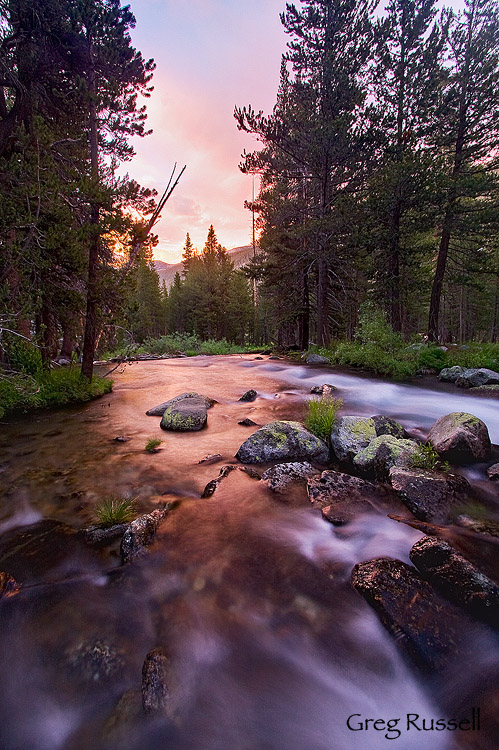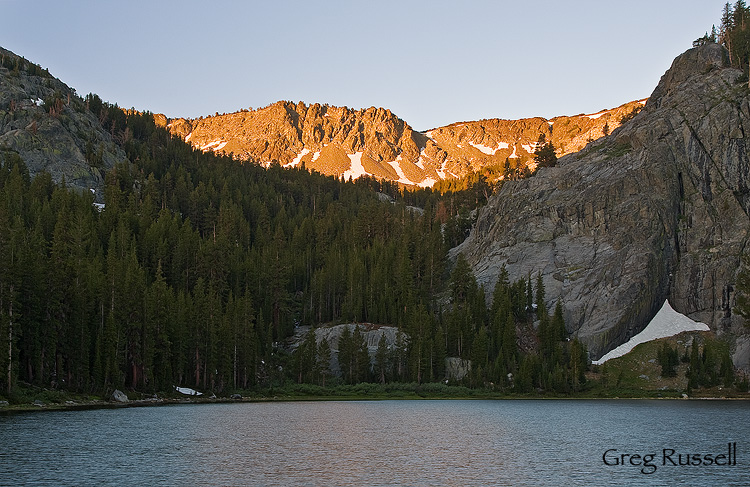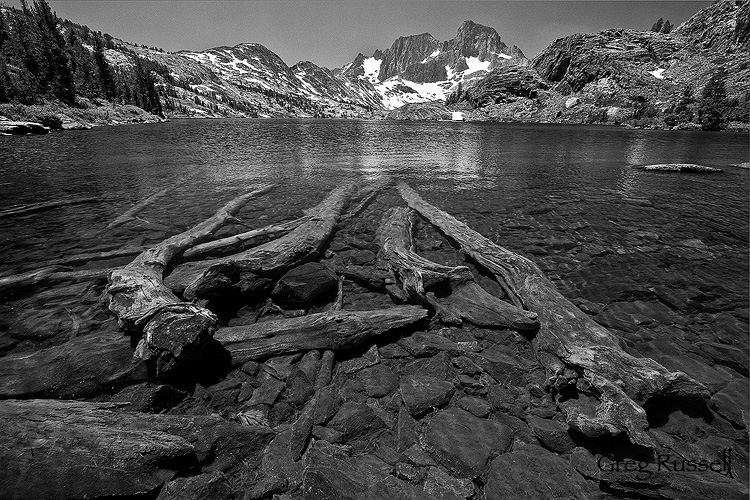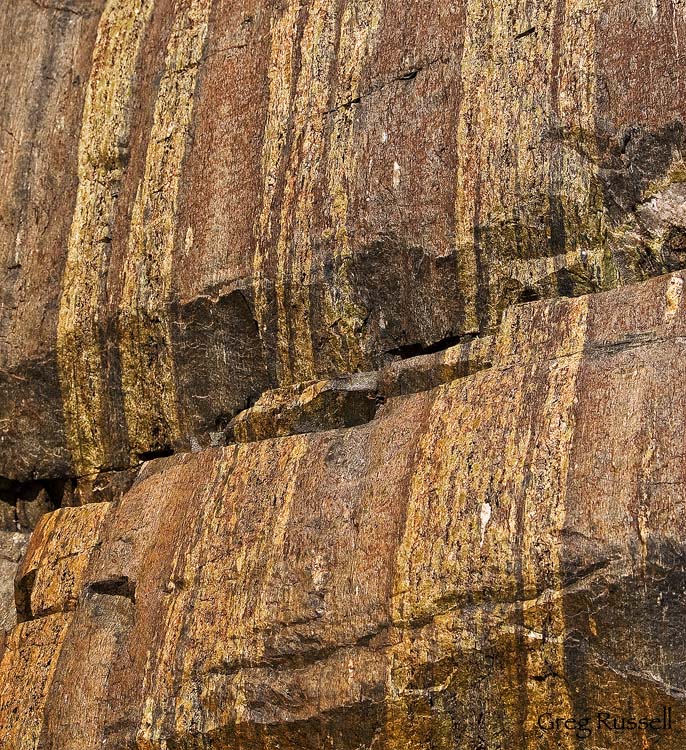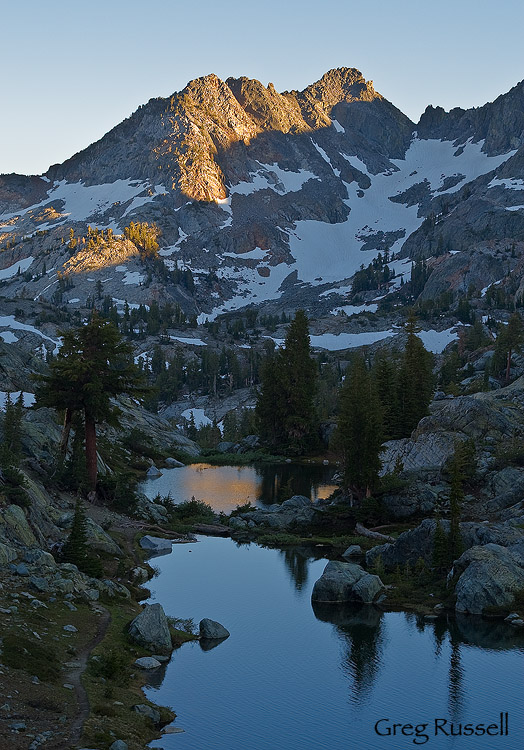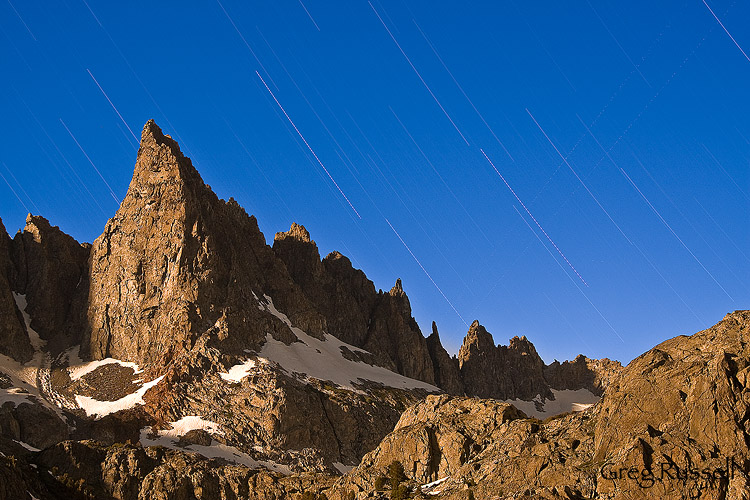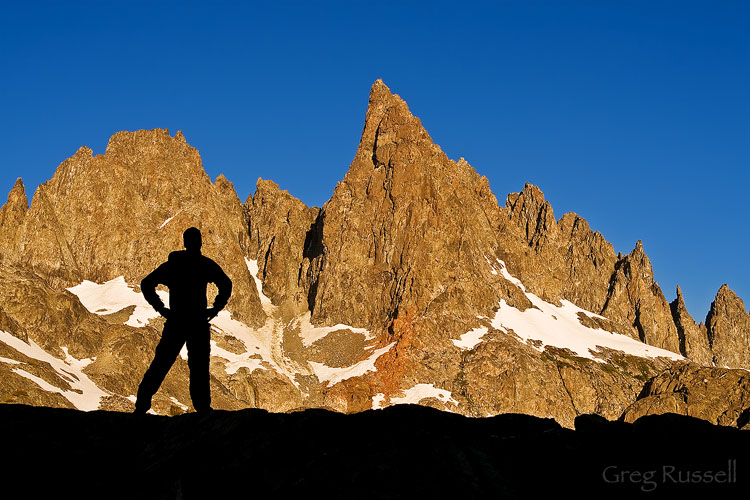“In the high country of the mind one has to become adjusted to the thinner air of uncertainty…”–Robert M. Pirsig
Late last week, we decided to take a last-minute trip to the east side of the Sierra Nevada to visit the beautiful fall colors. Having grown up in the Rocky Mountains, my wife and I both miss the crisp air and changing colors of autumn. We arrived in Mammoth Lakes late Friday night, and I was able to photograph sunrise at nearby Convict Lake the following morning. Not only are the fall colors at the end of this image beautiful, but I love the textures present on Laurel Mountain, which is at the western border of the lake.
After shooting sunrise, I walked over to the aspen grove you see in the above photo. These days, it seems like photographers go hand-in-hand with aspen groves in the eastern Sierra. Some people might argue that the photographers outnumber the aspen trees! The beautiful thing about this aspen grove was that although small, I had it completely to myself. I was able to walk through the trees in silence, enjoying their beautiful show.
This time of year, the blogosphere is flooded with beautiful images of fall colors, however I have a confession. Photographing these aspen groves is difficult for me; while beautiful, Sierra aspen groves feel “chaotic” to me, and making an original composition is difficult. However, the quote that began this blog post applies to my feelings on my “dilemma.” One of the best lessons to learn as a landscape photographer, in my opinion, is to not force compositions out of the landscape, but rather to let the landscape guide you. In other words, when I found myself in this uncertain, chaotic situation, I had to let the landscape guide me, thinking outside of what I normally would do; that’s when the true creativity began to happen.
How do you let the landscape guide you toward compositions? I’d love to hear what inspires you in the comments…




